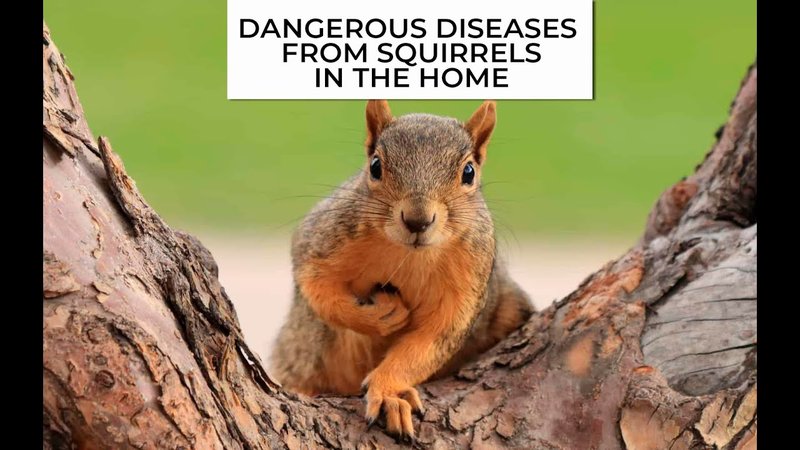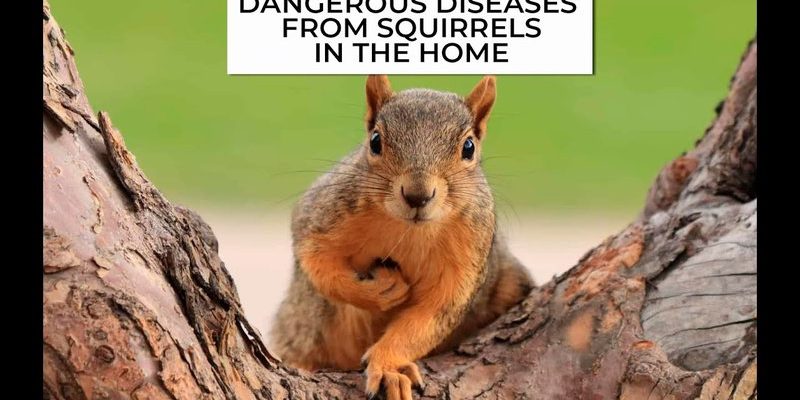
To be honest, the discussion about ground squirrels and their potential dangers isn’t as black and white as it seems. It’s like asking whether house cats can be dangerous; it really depends on the situation. Ground squirrels can carry diseases and might exhibit aggressive behavior if they feel threatened. But with a little understanding, you can navigate interactions with these animals safely.
Understanding Ground Squirrels
Ground squirrels are part of the Sciuridae family, which includes tree squirrels and flying squirrels. They’re small, usually weighing between 1 to 2.5 pounds. There are over 50 species of ground squirrels, and they commonly inhabit areas in North America, Europe, and Asia. Known for their social behavior, these squirrels live in colonies and often communicate through a series of squeaks and chirps.
You might bump into them most often in parks or open fields. They typically spend their days foraging for food—like seeds, nuts, and even some insects. Think of ground squirrels as nature’s little gardeners, helping to aerate the soil as they dig their burrows. But digging can create hazards, especially for farmers, as their tunnels can weaken the ground near crops.
Are Ground Squirrels Aggressive?
When you think of aggression, your mind might jump to larger animals. But don’t underestimate ground squirrels. They can become aggressive, especially if they feel threatened or cornered. Imagine a tiny furball suddenly puffing up and squeaking loudly—that’s their way of saying, “Back off!”
Typically, ground squirrels will not approach humans unless they’re accustomed to human presence, often from being fed in parks. If you ever see one displaying signs of aggression—like chattering loudly, or standing tall on their hind legs—it’s best to keep your distance. They might be small, but they’re still wild animals with instincts to protect themselves.
Disease Risks Associated with Ground Squirrels
One of the biggest concerns about ground squirrels is their ability to carry diseases. They are known carriers of various zoonotic diseases, which can be transmitted to humans. These include:
- Hantavirus: This virus can cause severe respiratory issues. Humans typically contract it through exposure to rodent droppings.
- Plague: Yes, it sounds straight out of a history book, but ground squirrels have been linked to plague outbreaks. Fleas that live on them can transmit the disease.
- Tularemia: This infectious disease is often spread through contact with infected animals, including ground squirrels.
To avoid potential health risks, it’s crucial to steer clear of their burrows and not to touch them. If you spot a sick or dead ground squirrel, it’s best to contact local wildlife authorities to handle the situation.
How to Stay Safe Around Ground Squirrels
Staying safe when encountering ground squirrels isn’t complicated. Here are a few tips to keep in mind:
1. Maintain Distance: Enjoy watching them from afar. They’re fascinating animals, but they’re best appreciated without direct interaction.
2. No Feeding: It’s tempting to feed wildlife, but doing so can encourage aggressive behavior and dependency on humans for food.
3. Watch for Signs of Aggression: If a ground squirrel is chattering, try to back away slowly. They might just be defending their territory.
In parks or nature reserves, it’s important to respect wildlife rules that usually discourage feeding animals. Keeping a respectful distance helps keep both you and the animals safe.
What to Do If Bitten by a Ground Squirrel
In the rare event that you get bitten by a ground squirrel, it’s essential to take immediate action. Here’s what to do:
1. Clean the Wound: Rinse the bite with soap and water for at least 15 minutes. This helps to reduce the risk of infection.
2. Apply Antibiotic Ointment: After cleaning, use an over-the-counter antibiotic ointment to protect the area.
3. Seek Medical Attention: It’s wise to get checked by a healthcare professional. They might suggest a tetanus shot or other treatments based on your situation.
The risk of being bitten is low if you keep your distance and respect their space. But it’s always good to know how to respond just in case.
Ground Squirrels and the Ecosystem
While concerns about their potential dangers exist, it’s worth noting the positive role ground squirrels play in our ecosystems. Their burrowing habits help aerate the soil, allowing for better seed growth. Moreover, they serve as a food source for various predators like hawks, snakes, and coyotes. So, when considering their presence, remember they contribute to the balance of nature.
In this way, ground squirrels are like the unsung heroes of the landscape, promoting healthy ecosystems while also reminding us to respect wildlife’s boundaries.
Final Thoughts
So, can ground squirrels be dangerous to humans? The answer is yes, but with the right precautions, you can enjoy observing these charming creatures without worry. Awareness is key here. Being informed about how to interact with wildlife safely helps protect both you and the animals.
It’s all about respect—understanding these small, furry beings, their role in our ecosystem, and recognizing when to keep our distance. The next time you see a ground squirrel, you’ll know how to appreciate their presence while staying safe. Enjoy the wonders of nature, but always remember to tread lightly!

